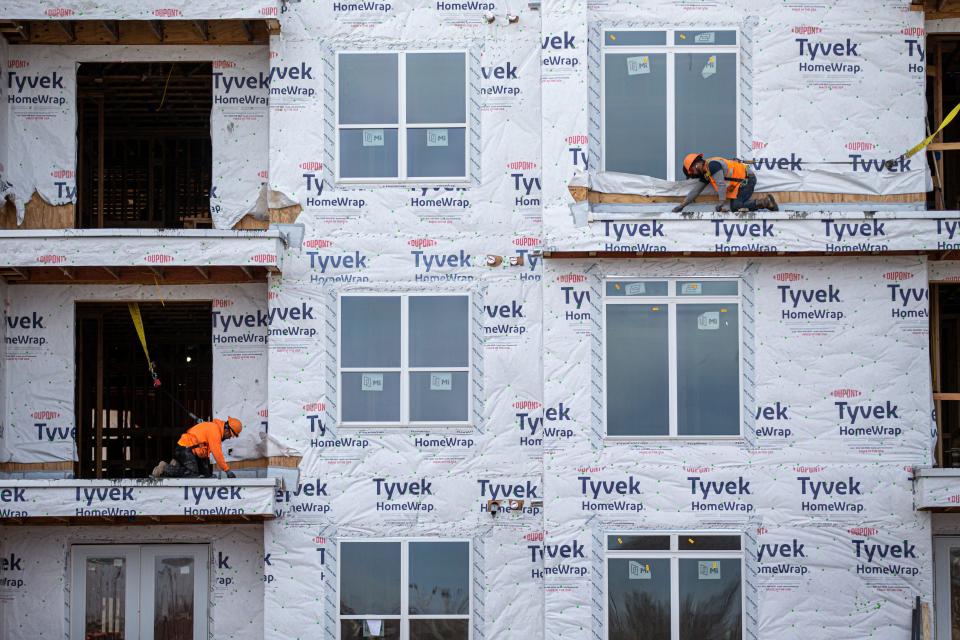Guest: Affordable housing requires a mindset shift to meet the needs of Oklahomans
We all know the "American Dream" vision of buying a nice, three-bedroom house in the suburbs on a half-acre lot and raising a family, but one of the keys to solving the affordable housing crisis in the United States might be to challenge this ideal. The United States has more R1, or single-family, zoning than any other country in the world, something that we see especially prevalent in Oklahoma. This is a type of zoning that allows for nothing other than a single-family, detached residence and, ever since the post-WWII era, has been framed as the ideal environment for raising a family.
Adversely, other forms of housing, namely apartment living, have been coined with terms as harsh as "parasitic" (in the U.S. Supreme Court’s 1926 Village of Euclid v. Ambler Realty Co. ruling) and are generally stereotyped as being incompatible with child-rearing. I argue that not only is that not true, but denser style living actually has many benefits in comparison to suburban living, and the restyling of our residential zoning priorities could help to bridge the middle-class gap and create more affordable housing that is missing in the market.

There is a gap in our housing market regarding what is needed: housing for families, and what those families can afford, especially in urban areas. Buying a home in the suburbs is not only unaffordable for many families but many other aspects must be considered, such as transportation. For those too young to drive, or who cannot afford to buy a car, relying on family members to get around is burdensome, especially when you are considering lower-income families who may have parents who work odd hours. Living in denser environments provides an opportunity to walk, an idea advocated for by Lenore Skenazy in her book "Free-Range Kids."
However, we aren’t seeing very many family-size apartments being built, with only about 10.1% of new multifamily units in 2020. One reason is that one-bedroom apartments bring in more money per square foot. The second reason which Emily Hamilton writes about in her article for Discourse Magazine, titled "Zoning Out American Families," is how North American building codes indirectly ban family-size apartments by requiring excessive fire-safety obligations that may not be necessary. In addition to the overabundance of single-family (R1) zoning, there are roadblocks to the construction of family-size apartments even in multifamily zones. The solution to this: loosening up our notoriously strict zoning regulations.
Instead of zoning primarily for R1 districts, we should instead use zoning that allows for these alternative housing solutions. In loosening up zoning regulations and prescribing mixed-use areas, there is a possibility to restructure the way we consider single-family housing. Instead of the necessity that many deem it to be, single-family housing isn’t necessarily the way to go when you consider family life. More advocation for family-size apartments can lead to a greater sense of community and better socialization skills for children as they grow. The more interaction with neighbors, and the more communal areas, the more safety and placemaking is promoted. Doing this will require a mindset shift from residents, to see the benefits that denser style living has to offer.
Overall, the acceptance of apartment living and reworking R1 zoning into less constricting uses, such as mixed housing, is an essential part of the planning agenda. The “American Dream” has proved to be a key contributor to the ever-present housing crisis in the United States and opening our minds to other solutions is always the first step.

Emily Pendergrast is a graduate student and teaching assistant at the University of Oklahoma in the Regional and City Planning program.
This article originally appeared on Oklahoman: Guest: Rezoning could answer Oklahoma's affordable housing problem

